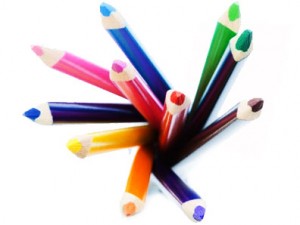Translation methods & when to use one over the other
Translation comes in different methods. Which method to use depends on your document, budget and communication objectives. In this article we’ll discuss the main options of translations and when best to use them.
The translation method options currently are:
- Machine Translation (MT)
- Computer assisted translation (CAT)
- Human Translation (HT) & Transcreation
Here is a quick summary of each method and the instances in which using the specific method would be most effective.
Machine Translation (MT)
Machine Translation is designed to translate text by simply substituting words in one natural language for words in the target language. It does this substitution without recognition of whole phrases or meaning of combination of different words.
The use for MT should be limited to simple (words only), not very important, ‘quick & dirty’ translations. For example:
- a note from a friend you met traveling
- to find a nearby train station,
- a menu item description before ordering food
Computer Assisted Translation (CAT)
Computer assisted translation is designed to incorporate machine translation and the post translation editing stage into a software. This specialized translation software provides additional editing tools (e.g. Spell checkers, Grammar checkers, Terminology managers, Translation memory (TM), which is a database of text segments in a source language and in target languages). With a CAT software, human translator can easily access these tools and come up with a translation in a much quicker and more efficient way.
The use for CAT should be for large volume projects that are also time sensitive. For example:
- books, articles,
- presentations
- reports & other extensive documents
Human Translation (HT)
Human translation is the ‘old fashioned’ way of translating, by first understanding the content of the source then expressing the message of the content in the target language. Naturally this method is more time consuming than matching words to words with the assistance of a machine translator. Consequently it is also reliable and expensive than the previous two options.
The use of strictly human translation should be for cultural & critical communications.
For example:
- proverbs & idioms
- tag lines & headlines
- marketing communications
Only Human Translation will take into account factors like: cultural differences, puns or double entendre, slang, and other cultural nuances to come up with powerful and effective translations. This version of translation is also called Transcreation.
Transcreation
Transcreation is the creative adaptation of marketing, sales and advertising copy in the target language. It involves changing both words and meaning of the original copy, while keeping the attitude and desired persuasive effect of the main message.
The process of transcreation is more time-consuming and creative than a direct translation, and it usually involves the expertise of a native copywriter.
Transcreation should be used for
- brand names
- tag lines
- advertisement headlines & copy
- audio & video scripts
© 2012 Branded Translations.
Branded Translations is a specialized language services agency. We help organizations reach multicultural and international audiences through quality translation and transcreation of marketing and advertising communications. For more information, visit BrandedTranslations.com.


